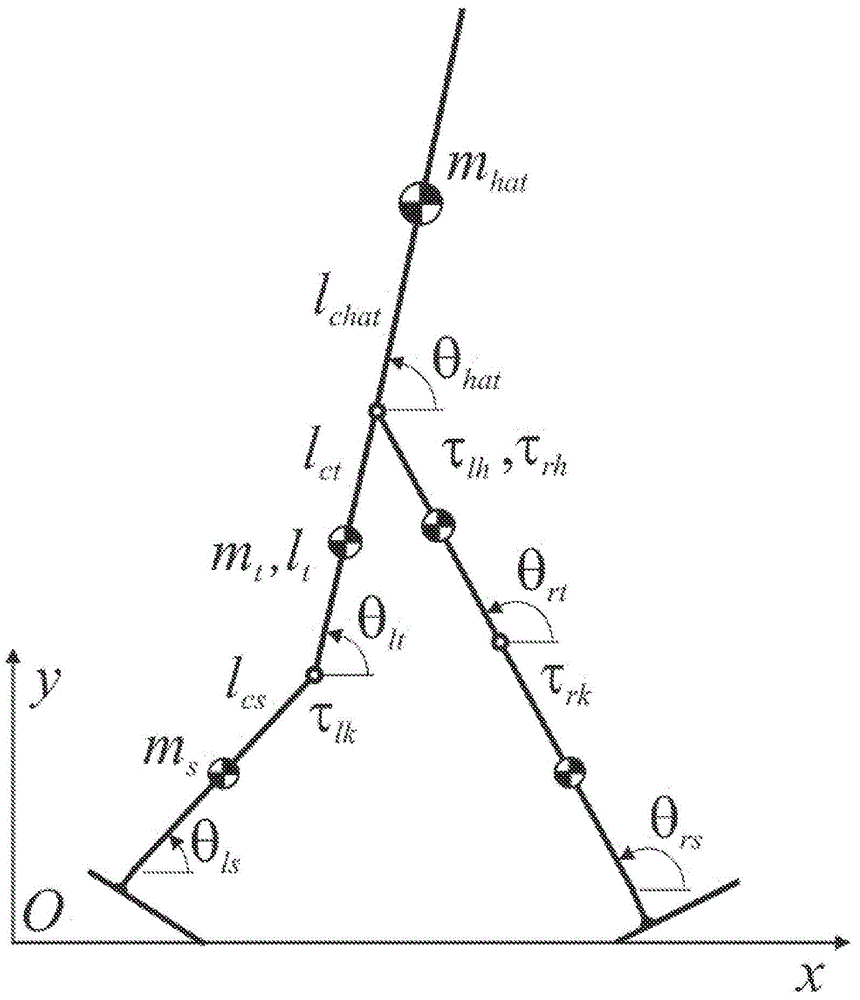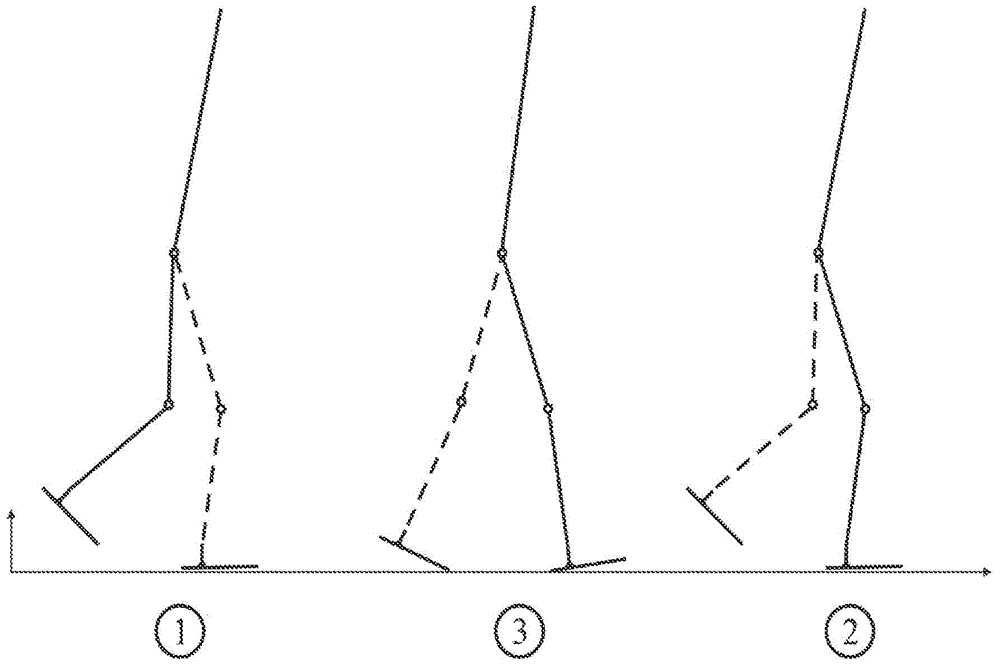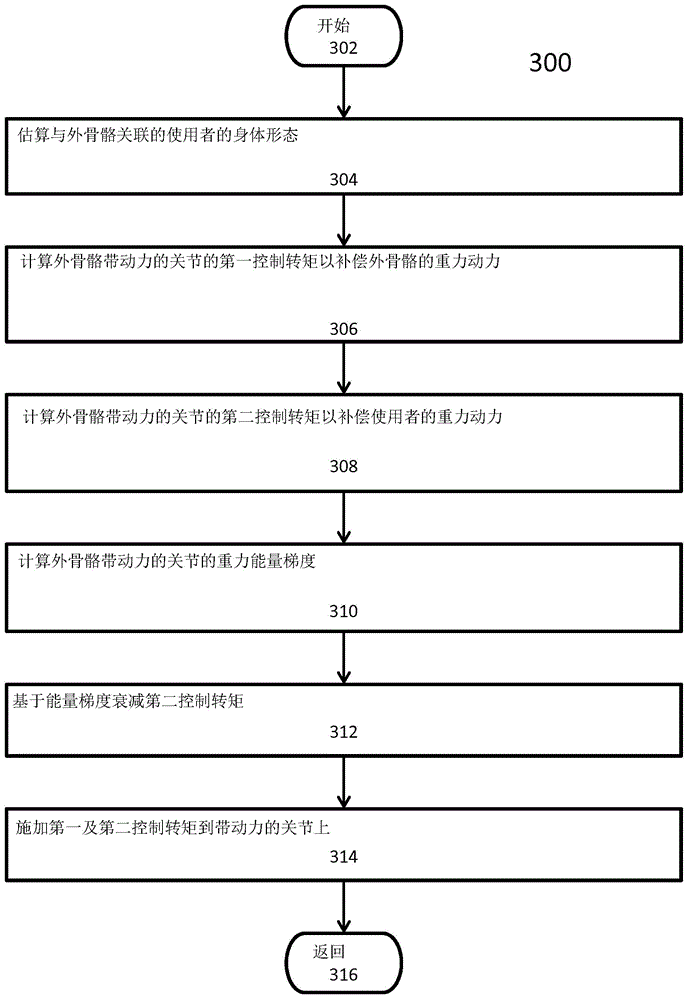Movement assistance device
A power and exoskeleton technology, applied in passive exercise equipment, equipment to help people walk, medical science, etc., can solve the problem of generally stable force hindering the development of balance
- Summary
- Abstract
- Description
- Claims
- Application Information
AI Technical Summary
Problems solved by technology
Method used
Image
Examples
Embodiment
[0107] The examples shown here are not intended to limit the various implementations. Instead, they are presented separately for illustrative purposes.
[0108] In order to provide preliminary verification of the above-mentioned control method, the control method was implemented on the above-mentioned exoskeleton and evaluated on patients in the subacute stage of stroke rehabilitation. For this preliminary study, help the injured leg during the leg swing phase of walking to achieve a symmetrical stride length. The subject was a 32-year-old female with hemiparesis on the right side (upper and lower limbs) three months after ischemic stroke, able to walk with the help of a four-point crutches. The individual using the exoskeleton described above uses the above control method to operate the instructions as follows Figure 7 Shown. At the time of the test, the subject has the characteristics of a FIM gait score of 5 (ie, monitoring and backup auxiliary equipment are required). Not...
PUM
 Login to View More
Login to View More Abstract
Description
Claims
Application Information
 Login to View More
Login to View More - R&D
- Intellectual Property
- Life Sciences
- Materials
- Tech Scout
- Unparalleled Data Quality
- Higher Quality Content
- 60% Fewer Hallucinations
Browse by: Latest US Patents, China's latest patents, Technical Efficacy Thesaurus, Application Domain, Technology Topic, Popular Technical Reports.
© 2025 PatSnap. All rights reserved.Legal|Privacy policy|Modern Slavery Act Transparency Statement|Sitemap|About US| Contact US: help@patsnap.com



